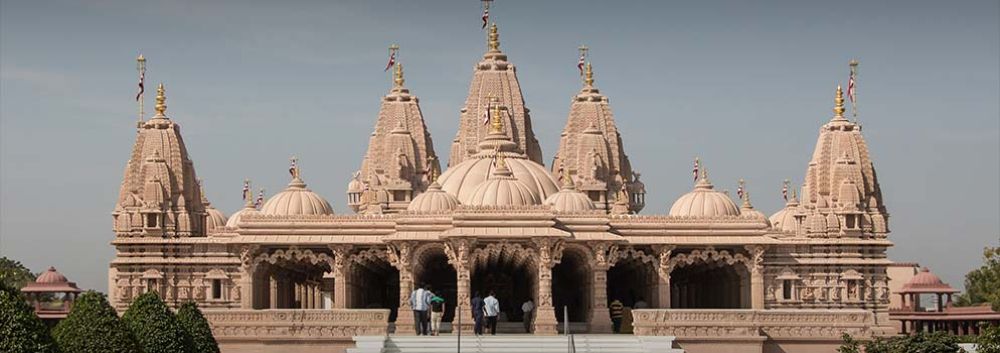

The Swaminarayan Temple in Rajkot is a significant part of Gujarat's religious and cultural heritage. Rajkot, known for its history, museums, and colonial past, is home to one of the most impressive examples of traditional temple architecture in the region, the Swaminarayan Temple. The temple is dedicated to the worship of Lord Swaminarayan and serves as a hub of spirituality and a center for moral and cultural activities.
The foundation of Swaminarayan faith lies in the teachings of Lord Swaminarayan, originally known as Sahajanand Swami, who is believed to be a manifestation of Purushottama, or the Supreme Being. The construction of the temple in Rajkot has a history connected to his early followers, who built several such temples in different regions. The Swaminarayan Temple in Rajkot holds valuable historical and spiritual prominence as it carries forward the legacy of the movement started by Lord Swaminarayan in the 19th century.
In terms of tourism history, Rajkot and its Swaminarayan Temple have been popular among devotees and tourists alike for many years. Initially visited by pilgrims and followers of the Swaminarayan sect, the temple's intricate architecture and peaceful ambiance attract history enthusiasts and cultural tourists too. Over the years, Rajkot has emerged as an essential stop in the Gujarat tourism circuit, with the Swaminarayan Temple being one of its pivotal attractions.
With an increasing global interest in experiential and spiritual travel, the Swaminarayan Temple of Rajkot has gained even more prominence. Visitors are interested not just in sightseeing but in understanding the cultural and spiritual aspects of the places they visit. Consequently, there has been a growing trend in organizing cultural events, exhibitions, and interactive sessions with local experts at the temple premises to enhance the visitors' experiences.
In the wake of digitalization and to cope with the ongoing pandemic, virtual tours and online darshans have become a common trend for those unable to visit the temple in person. Sustainable and responsible tourism practices are also becoming increasingly popular, with efforts being made to maintain the temple's sanctity while ensuring that tourism activities do not harm the environment or local culture.
When planning a visit to the Swaminarayan Temple in Rajkot, it's advisable to check the temple's official website or contact local tourism boards for the latest information and guidelines. The temple not only provides a serene atmosphere for devotion but also offers a splendid experience to anyone interested in architecture, history, and Indian culture.
Note: Due to COVID-19, safety protocols may be in place, and it is essential for tourists to adhere to these guidelines for their safety and the safety of others.